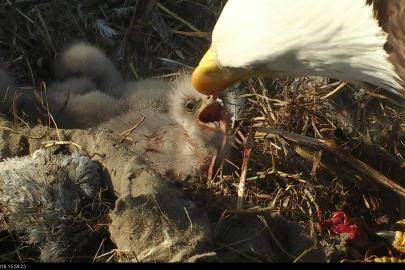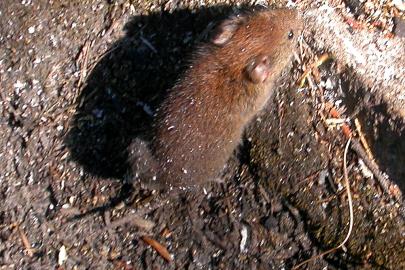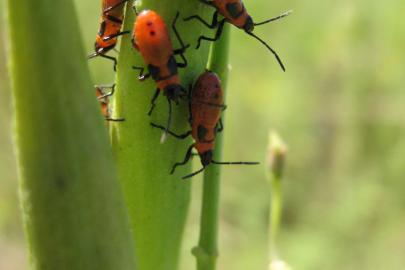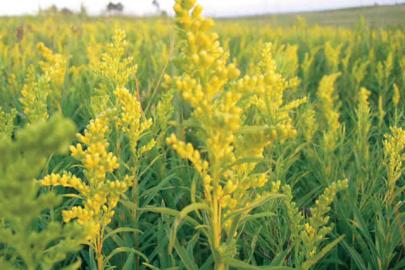Nothing says spring like the fabulous courtship display of this odd "shorebird"!
Read moreStay current
Get river news, FMR updates and event calendars twice a month.
article
Nothing says spring like the fabulous courtship display of this odd "shorebird"!
Read more
article
This time of transition between winter and spring can be a wishy-washy, ambivalent affair. It’s sunny and 50 degrees, then 20 and snowing. Likewise, some bald eagles are still hanging out in their winter homes or migrating along the Mississippi River, while others are nest-bound, feeding fuzzy eaglets. Another impressive hunter, the great horned owl, is also nesting these days. Luckily, there's great local spots to see all of this avian action, both outside along the Mississippi River and online.
Read more
article
Not even a...vole? An evening visit to the compost bin turns into a deadly encounter with a native rodent.
Read more
article
It’s finally (or already!) November and the leaves have fallen from the trees. Well, not quite all of them. If you take a close look at a nearby forest, you’ll likely notice a dense layer of green still present in the shrub layer. What are these shrubs and why are they still green when other species have all dropped their leaves? In and around the Twin Cities, it’s a good bet that these shrubs are either common buckthorn or one of a few species of bush honeysuckles, and their “distinctive phenology” actually plays a large part in their success in Minnesota’s forest ecosystems.
Read more
article
While the best-known migratory insect may be monarch butterflies, another denizen of milkweed plants is also facing a long migration as fall approaches.
Read more
article
Many people suffer from allergies during mid to late summer, but few know exactly what causes them. Folks usually chalk these allergies up to hay fever, and rightly so, but are all plants to blame? Goldenrod, a prolific flowering plant with masses of golden flowers, is often mistakenly blamed for causing the itchy eyes, runny nose and other symptoms that many of us suffer from. However, for most of us, ragweed is the true culprit.
Read more
Get river news, FMR updates and event calendars twice a month.
Receive FMR's biweekly email newsletter, Mississippi Messages Sign up